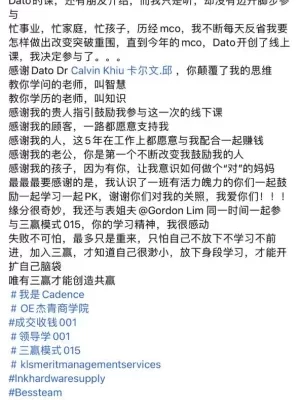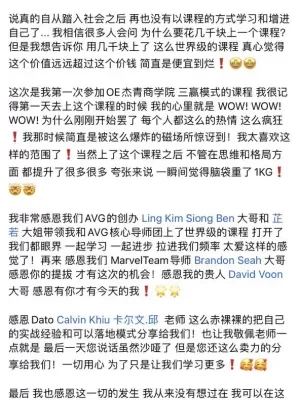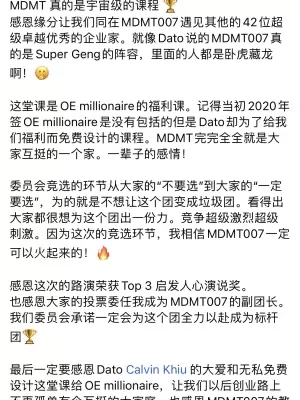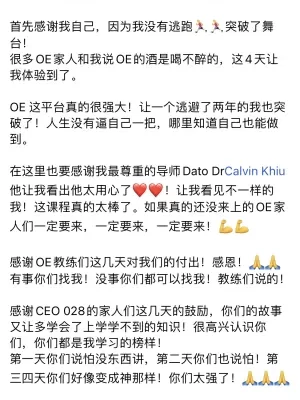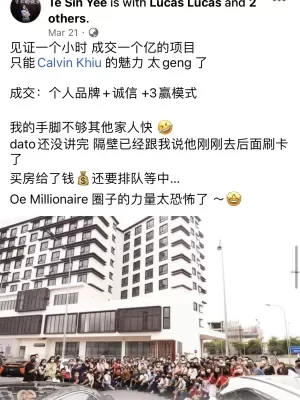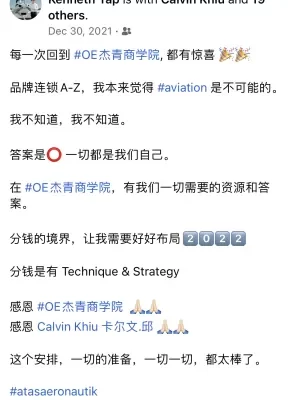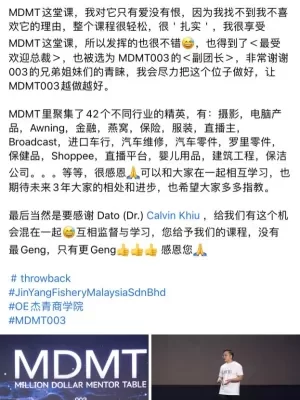The HRD Corp (Human Resources Development Corporation) plays a vital role in employee training and development by managing the levy contributions made by Malaysian employers.
What is HRDF Malaysia?
The Human Resources Development Fund (HRDF), managed by HRD Corp, is a mandatory levy collected from employers to support employee training and skills development. Employers contribute to the HRDF fund based on the monthly wages of their employees.
- Companies with 10 or more Malaysian employees must contribute 1% of each employee’s monthly wage.
- Companies with 5 to 9 employees can voluntarily contribute at a rate of 0.5%.
The HRD levy encourages businesses to invest in upskilling their workforce, enabling them to adapt to the changing needs of their industries.
However, if employers fail to utilize these contributions in a timely manner, they risk forfeiting their levy balances. This article explains the HRD levy balance forfeiture formula in detail, along with examples to help employers better understand and avoid losing their contributions.
1. What is the HRD Levy?
The HRD levy is a mandatory monthly contribution that employers make to HRD Corp (formerly HRDF), designed to fund employee training programs. This levy is collected under the Pembangunan Sumber Manusia Berhad (PSMB) Act 2001. Employers in certain industries with 10 or more Malaysian employees are required to contribute 1% of each employee’s monthly wage (basic salary plus fixed allowances). Employers with 5 to 9 employees can voluntarily contribrate of 0.5%.
2. Why is HRD Levy Forfeiture Important?
While the levy contributions are intended to be used for the upskilling of employees, many employers do not take full advantage of these HRDF funds. To ensure employers actively invest in their employees’ training, HRD Corp has implemented a levy forfeiture policy. If an employer does not make any HRDF claims against the fund within a specific time frame, the unused levy will be forfeited.
To avoid losing these HRDF funds, businesses must stay informed about their HRDF payment schedules and HRDF claim processes.
3. The HRD Levy Forfeiture Formula
The levy forfeiture formula is applied after a two-year period. It’s important to understand how the formula works so employers can avoid unnecessary forfeiture of HRDF funds.
The basic formula is:
Levy Balance (from 2 years ago) – Claims made within 2 years – Forfeiture Amount + Levy Contributed within 2 years = Available Balance
Let’s break it down:
- Levy balance (from 2 years ago): This is the levy balance available in the employer’s account at the start of the two-year period.
- HRDF Claims made within 2 years: The total amount claimed by the employer for employee training or development programs within the last two years.
- Forfeiture amount: This is the amount forfeited if the employer did not make any claims during the two-year period. HRD Corp has set a minimum retention balance of RM10,000. After forfeiture, the levy balance must not fall below RM10,000.
- Levy contributed within 2 years: The total contributions made by the employer during the last two years.
4. Examples of HRD Levy Forfeiture
Example 1: Levy Forfeited
An employer has a levy balance of RM100,000 as of January 2021. Over the following two years (2021–2023), no HRDF claims were made, and the employer contributed RM20,000.
Forfeiture Calculation:
- Levy Balance (January 2021): RM100,000
- Claims Made (2021-2023): RM0
- Levy Contributed (2021-2023): RM20,000
- Forfeiture Amount: RM90,000 (forfeited to retain a balance of RM10,000)
Result: After the forfeiture, the available balance as of February 2023 is RM30,000 (RM100,000 – RM90,000 + RM20,000).
Example 2: No Forfeiture
In another scenario, an employer has a levy balance of RM100,000 as of January 2021. During the two-year period, they make a HRDF claim for RM5,000 and contribute RM20,000.
Forfeiture Calculation:
- Levy Balance (January 2021): RM100,000
- HRDF Claims Made (2021-2023): RM5,000
- Levy Contributed (2021-2023): RM20,000
- Forfeiture Amount: RM0 (because claims were made)
Result: The available balance as of February 2023 is RM115,000 (RM100,000 – RM5,000 + RM20,000).
Example 3: Levy Below RM10,000
In cases where the employer’s levy balance is less than RM10,000, no forfeiture will occur. For instance, if the levy balance is RM9,900 as of January 2021, and the employer contributes RM5,000 during the next two years:
Forfeiture Calculation:
- Levy Balance (January 2021): RM9,900
- HRDF Claims Made (2021-2023): RM0
- Levy Contributed (2021-2023): RM5,000
- Forfeiture Amount: RM0 (no forfeiture as the balance is below RM10,000)
Result: The available balance as of February 2023 is RM14,900 (RM9,900 + RM5,000).
5. How to Avoid HRD Levy Forfeiture
Employers can avoid forfeiting their HRDF levy by following these steps:
- Regularly audit their HRD Corp claims and ensure that they are utilizing their levy contributions for training and development.
- Submit HRDF claims on time, and track upcoming deadlines for forfeiture to maximize the benefits of the fund.
- Invest in HRDF training programs for their employees, ensuring both business growth and compliance with HRD Corp regulations.
- Monitor HRDF Payments and Claims: Ensure that claims are submitted regularly to avoid falling within the two-year forfeiture window.
- Actively Utilize the HRDF Fund: Regularly review training needs within your company and make use of the HRDF levy to fund employee development programs.
- Maintain Accurate Records: Keep track of when claims are made and contributions paid to avoid losing the benefit of the levy.
6. Exemptions to HRD Levy Forfeiture
HRDF funds with a balance of less than RM10,000 are exempt from forfeiture, even if no claims are made within the two-year period. This policy is designed to support smaller companies that may have fewer contributions or training needs.
7. Conclusion
Employers in Malaysia must understand the HRDF levy forfeiture rules to maximize their contributions to the HRDF fund. By regularly claiming and using the HRD levy for employee training, businesses can not only avoid forfeiture but also enhance the skills and productivity of their workforce.
By proactively utilizing the HRDF payment system and making timely claims, employers can ensure they get the most out of the HRDF fund for the benefit of both their employees and their business. Regular auditing of HRDF claims, contributions, and forfeiture dates is essential to avoiding loss of HRDF funds and ensuring that the workforce remains competitive in the ever-evolving business landscape.
8. Additional Resources
For more information, employers can visit HRD Corp’s official website or contact HRD Corp’s support for detailed guidance on how to make HRDF claims and avoid forfeiture.
Don’t Wait! Join OE’s No.1 HRDF Claimable Outdoor Team Building Malaysia Today
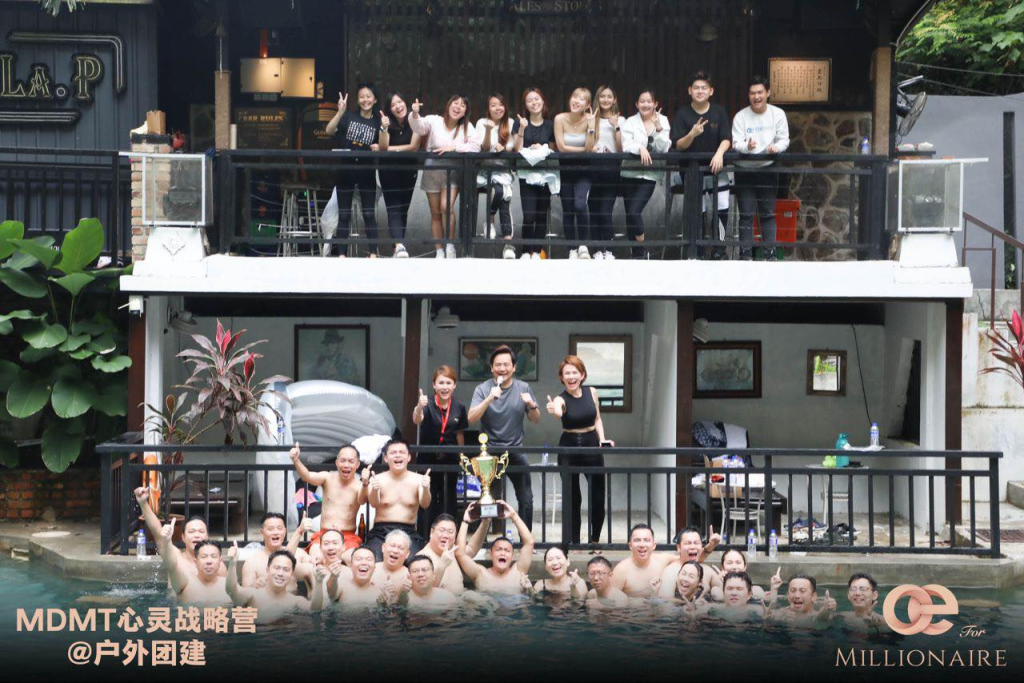
If you’re looking for a premium HRDF-claimable team building experience, OE Academy offers one of the top-rated corporate team building packages in Malaysia. These programs are designed to enhance leadership, improve team cohesion, and foster skill development through a variety of outdoor team building activities.
Located only 45 minutes from Kuala Lumpur, the OE Resort provides a unique setting for corporate team building activities, combining interactive exercises with luxurious amenities such as space capsule accommodations and gourmet dining
Led by HRDF-certified trainers, OE Academy’s programs help teams bond and apply critical strategies that can be utilized back in the workplace.
Each package includes:
- HRDF-Certified Trainers and Instructors: Professional guidance from expert trainers to ensure maximum learning and team cohesion.
- Customizable Itineraries: Tailored programs to suit your team’s objectives.
- Unique Space Capsule Accommodation and Dining: A memorable experience with high-end amenities.
- Eight Types of Outdoor Activities: Ranging from leadership exercises to team-building games like scavenger hunts, problem-solving tasks, and more..
For businesses aiming to enhance team performance and optimize HRDF funding, OE Academy offers a well-rounded team building package that delivers both fun and practical outcomes.Contact us now at:
- 601115608888 (Ben Liu)
打造高绩效团队,学习高阶系统化团队管理开始!
掌握科学的管理系统与绩效机制,不再靠“喊口号”带团队!
参加【团队管理线下课】,学习如何通过绩效对标协议与可执行的管理制度,激发员工潜能,实现组织高速成长。
✅ 适用于企业老板、团队管理层
✅ 落地实操:绩效对标协议 × KPI × 制度管理
✅ 一个课程,让你的团队 “主动跑、自动干”


